Costa Rica's Smoky Jungle Frog
Smoky Jungle Frog in Juan Castro Blanco National Park
Travelers exploring the rainforests of Costa Rica are likely to spot the smoky jungle frog, a large amphibian species known for its impressive size.
Where To See It
The smoky jungle frog has a wide range that covers much of Central and South America, from Honduras in the north to Ecuador, the Guianas and the Amazon Basin in the south. In Costa Rica, it can be found in many of the country's National Pakrs and reserves, particularly in Manuel Antonio National Park. The species makes its home in lowlands below an elevation of 3,800 feet. Primarily, this frog can be found in the tropical rainforests, but it has also been known to live in dry forests or lower mountain woodlands.
Male smoky jungle frogs can reach lengths of up to 7.3 inches (18.5 cm), making them one of Costa Rica's largest amphibians. Their bodies tend to be squat and rotund, while they have large heads with round snouts. Their skin is mostly reddish brown or tan, allowing it to blend in more easily with its surroundings.
This coloration makes the smoky jungle frog ideally suited for living on the forest floor, and these animals spend most of their time hiding in underground burrows, underneath logs or among dead leaves. They emerge from their hiding places at night to feed, with their diet consisting of large arthropods, frogs, lizards, snakes, and even small birds and mammals.
Defense Mechanism
One interesting feature of the smoky jungle frog is its defense mechanism against predators. In addition to inflating its body to appear larger, the frog protects itself by secreting a toxin known as leptodactylin. This poison is released from its skin when it is handled, and it can cause rashes or a stinging sensation in humans. Even more interestingly, the frog is capable of vaporizing this toxin into the air, potentially affecting people who are nearby without touching it. This toxin isn't their own means of defense, however - when they are picked up or disturbed, they are also capable of letting out a loud high-pitched screech.
Mating Season
During mating season, male and female smoky jungle frogs breed next to ponds. After a pair has finished mating, the female deposits as many as 1,000 eggs into a large foam nest adjacent to the water. These eggs hatch in just two or three days, and the tadpoles swim into the nearby pond. They grow very quickly, transforming from tadpoles into juvenile frogs in just four weeks.
7 Days / 6 Nights
Starting at $932 per person
10 Days / 9 Nights
Starting at $1,071 per person




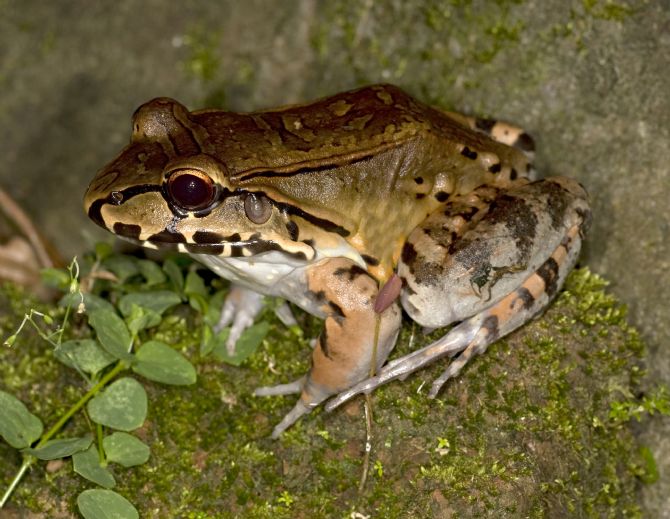
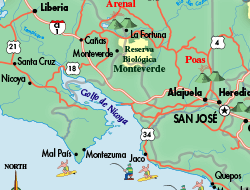
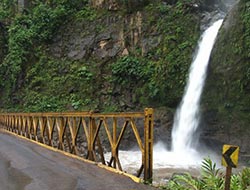
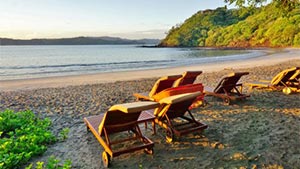
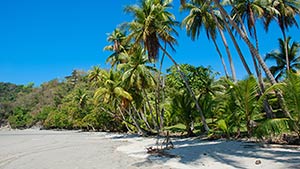

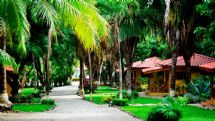
.jpg)

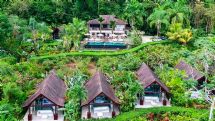

.jpg)


